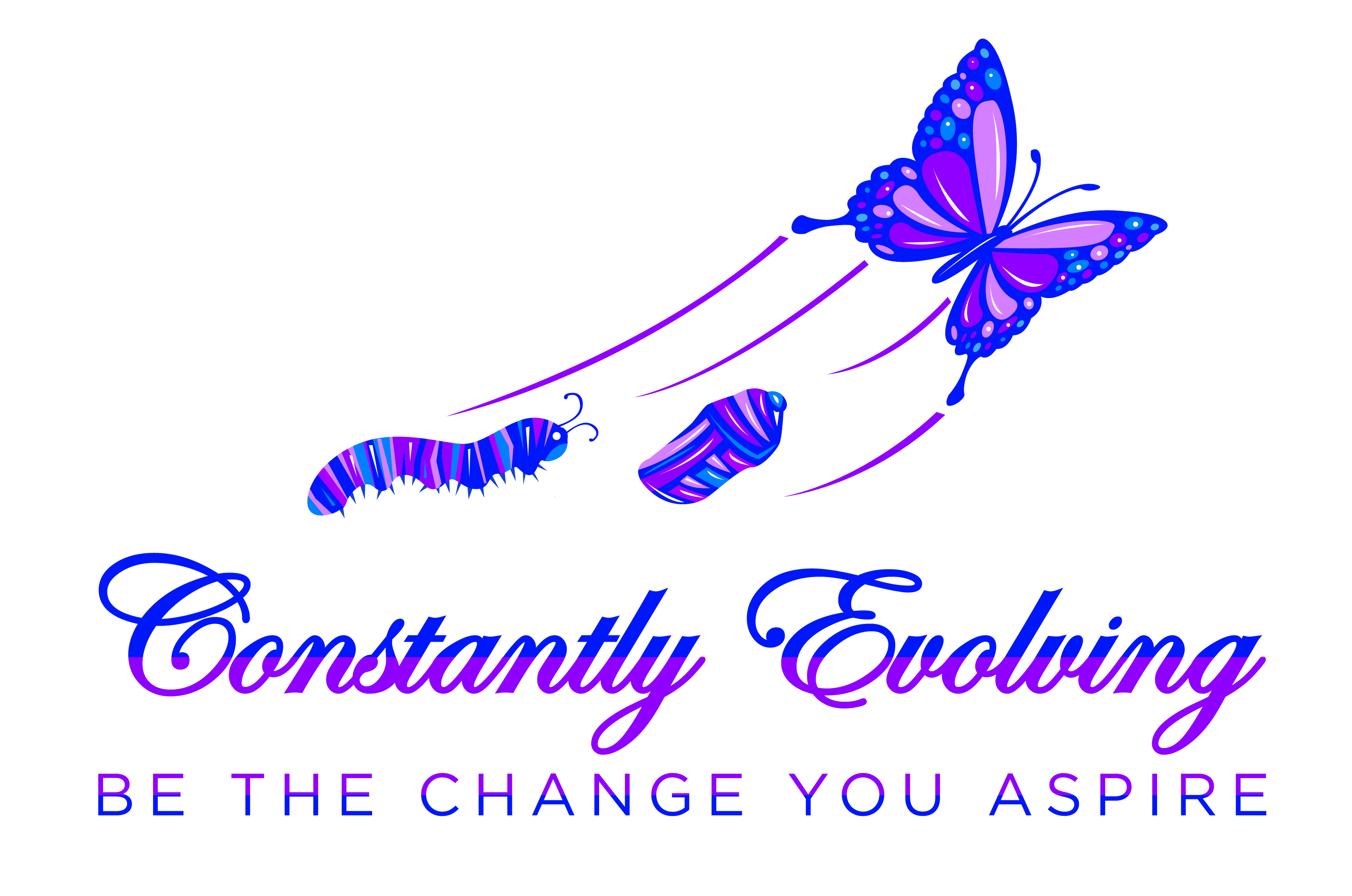Trauma & Stress Related Disorder
Adjustment Disorder
Adjustment Disorders are stress-related conditions that involves an emotional or behavioral reaction to a stressful event or change in a person’s life. The reaction is considered an unhealthy or excessive response to the event or change within three months of it happening. While adults can experience adjustment disorders, it is predominantly diagnosed in children. Stressful events or changes in a child’s life may include a family move, divorce or separation, loss of a pet, or the birth of a sibling. A sudden illness or restriction to your child’s life due to chronic illness may also result in an adjustment response.
Symptoms of Adjustment Disorder:
In all adjustment disorders, the reaction to the stressor is excessive to what would be otherwise expected. Also, the reaction should significantly interfere with social, occupational or educational functioning. Children symptoms of adjustment disorders can be more behavioral such as acting out; while adults who experience adjustment disorders exhibit more depressive symptoms.
There are six subtypes of adjustment disorder that are based on the type of major symptoms experienced. The following are the most common symptoms of each of the subtypes of adjustment disorder. However, each adolescent may experience symptoms differently:
Adjustment Disorder with Depressed Mood may include: Depressed mood; tearfulness; and feelings of hopelessness
Adjustment Disorder with Anxiety may include: Nervousness; worry; jitteriness and fear of separation from major attachment figures
Adjustment Disorder with Anxiety and Depressed Mood: A combination of symptoms from Anxiety and Depression are present.
Adjustment Disorder with Disturbance of Conduct may include: Violation of the rights of others; violation of society’s norms and rules (truancy, destruction of property, reckless driving or fighting)
Adjustment disorder with mixed disturbance of emotions and conduct: A combination of symptoms from depressed mood, anxiety and conduct are present.
Adjustment disorder unspecified: Reactions to stressful events that do not fit in one of the above subtypes are present. Reactions may include behaviors like social withdrawal or inhibitions to normally expected activities, like school or work.
Treatment:
Adjustment Disorder can be a combination of several different complementary approaches that work together to reduce symptoms. For one client, it may include medication, nutritional changes, exercise, and/or mental health therapy. For another client, it may include taking supplements/vitamins, practicing mindfulness, or spending lots of time outdoors in nature.
If you think you may suffer from any of the symptoms mentioned above, let’s work together to discuss your treatment options.
Post Traumatic Stress Disorder
PTSD typically develops after experiencing a shocking, scary, or dangerous event. It is natural to feel afraid during and after a traumatic event. Fear is a part of the body’s normal “freeze, flight, fight and flee” response, which helps individuals avoid or respond to potential danger.
Who can develop PTSD?
Anyone and at any age. This includes combat veterans as well as people who have experienced or witnessed a physical or sexual assault, abuse, an accident, a disaster, a terror attack, or other serious events. Individuals who have PTSD may feel stressed or frightened, even when they are no longer in danger.
What are the symptoms of PTSD?
Symptoms of PTSD usually begin within 3 months of the traumatic incident, but PTSD can emerge later. To meet the criteria for PTSD, symptoms must last longer than 1 month, and they must be severe enough to interfere with aspects of daily life, such as relationships or work. The symptoms also must be unrelated to medication, substance use, or other illness.
PTSD in adult must have all the following for at least 1 month:
At least one re-experiencing symptom: Flashbacks; nightmares and or night terrors; distressing thoughts; and physical signs of stress
At least one avoidance symptom: Staying away from places, events, or objects that are reminders of the experience; avoiding thoughts or feelings related to the traumatic event
At least two arousal and reactivity symptoms: Being easily startled; Feeling tense or guarded; having difficulty concentrating; having difficulty falling asleep or staying asleep; feeling irritable and having angry or aggressive outbursts; engaging in risky, reckless, or destructive behavior
At least two cognition and mood symptoms: Trouble remembering key features of the traumatic event; negative thoughts about oneself or the world; distorted thoughts about the event that cause feelings of blame; ongoing negative emotions, such as fear, anger, guilt, or shame; loss of interest in previous activities; feelings of social isolation; difficulty feeling positive emotions, such as happiness or satisfaction
Children reactions to trauma:
Children and teens can have extreme reactions to trauma, but their symptoms may not be the same as those seen in adults. In young children under the age of 6, symptoms can include:
Wetting the bed after having learned to use the toilet; forgetting how or being unable to talk; role play the scary event; d being unusually clingy with a parent or other adult
Older children and adolescence usually show symptoms more like those seen in adults. They also may develop disruptive, disrespectful, and/or destructive behaviors. Older children and adolescence may feel guilty for not preventing injury or deaths. They also may have thoughts of revenge.
Treatment:
PTSD can be a combination of several different complementary approaches that work together to reduce symptoms. For one client, it may include medication, nutritional changes, exercise, and/or mental health therapy. For another client, it may include taking supplements/vitamins, practicing mindfulness, or spending lots of time outdoors in nature.
If you think you may suffer from any of the symptoms mentioned above, let’s work together to discuss your treatment options.

